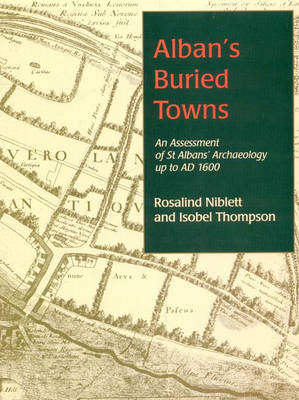St Albans has a long tradition of archaeological investigation dating back to the 18th century. What has been lacking however, is a detailed synthesis and interpretation of the accumulated information. This book is intended to meet that need, and comes out of a project set up by English Heritage in 1992 designed to promote 'intensive' urban archaeological strategy. This volume is a critical assessment of the current archaeological information from an area of 12 square kilometers centred on medieval and modern St Albans and its Roman predecessor, Verulamium. There is evidence of scattered occupation in the area from the Mesolithic period onwards, but it was only towards the end of the 1st century BC that a settlement was established to the south of the modern town. This was superseded by the development of the Roman town of Verulamium on the south side of the River Ver, but by the 8th century settlement had become focused on the shrine of the late Roman martyr, Alban, on the hill to the north of the river. In the late Saxon period an Abbey was established close to this shrine, and after the Norman conquest, settlement concentrated in the area north of the Abbey.
Most of the monastic buildings were demolished shortly after the dissolution of the monastery in 1539, but on the whole St Albans retained its medieval form until the 19th century. The papers in this volume look at the development of this important city throughout its long history, bringing its Roman and Medieval past to life.
- ISBN10 1842171496
- ISBN13 9781842171493
- Publish Date 19 April 2005
- Publish Status Active
- Out of Print 14 March 2021
- Publish Country GB
- Imprint Oxbow Books
- Format Hardcover
- Pages 414
- Language English
